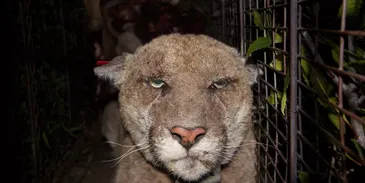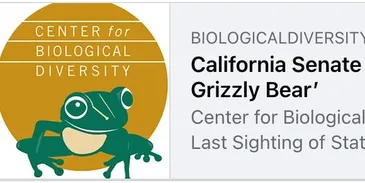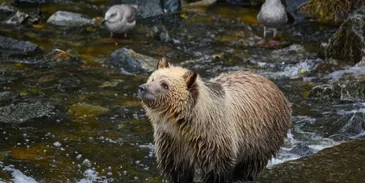Policies (legal and management)

California enacts unprecedented restrictions on rat poisons in bid to protect wildlife [Los angeles times – October 1, 2024]
What’s This Story About: California has made a bold move to protect its native predators by restricting all blood-thinning rodenticides statewide. With alarming exposure rates among mountain lions and raptors, the new law aims to stop poisoning the very wildlife these poisons were never intended to harm.
Why This Story: This isn’t just a win for predators—it’s a stand against ecological negligence. When nearly 90% of pumas and birds of prey test positive for rodenticides, we’re clearly not just killing rats; we’re unraveling food webs.

California Senate Declares – Year of the California Grizzly Bear [Center for Biological Diversity – April 8, 2024

That’s a bloodbath: How a federal program kills wildlife for private interests [National public radio – October 10, 2024]